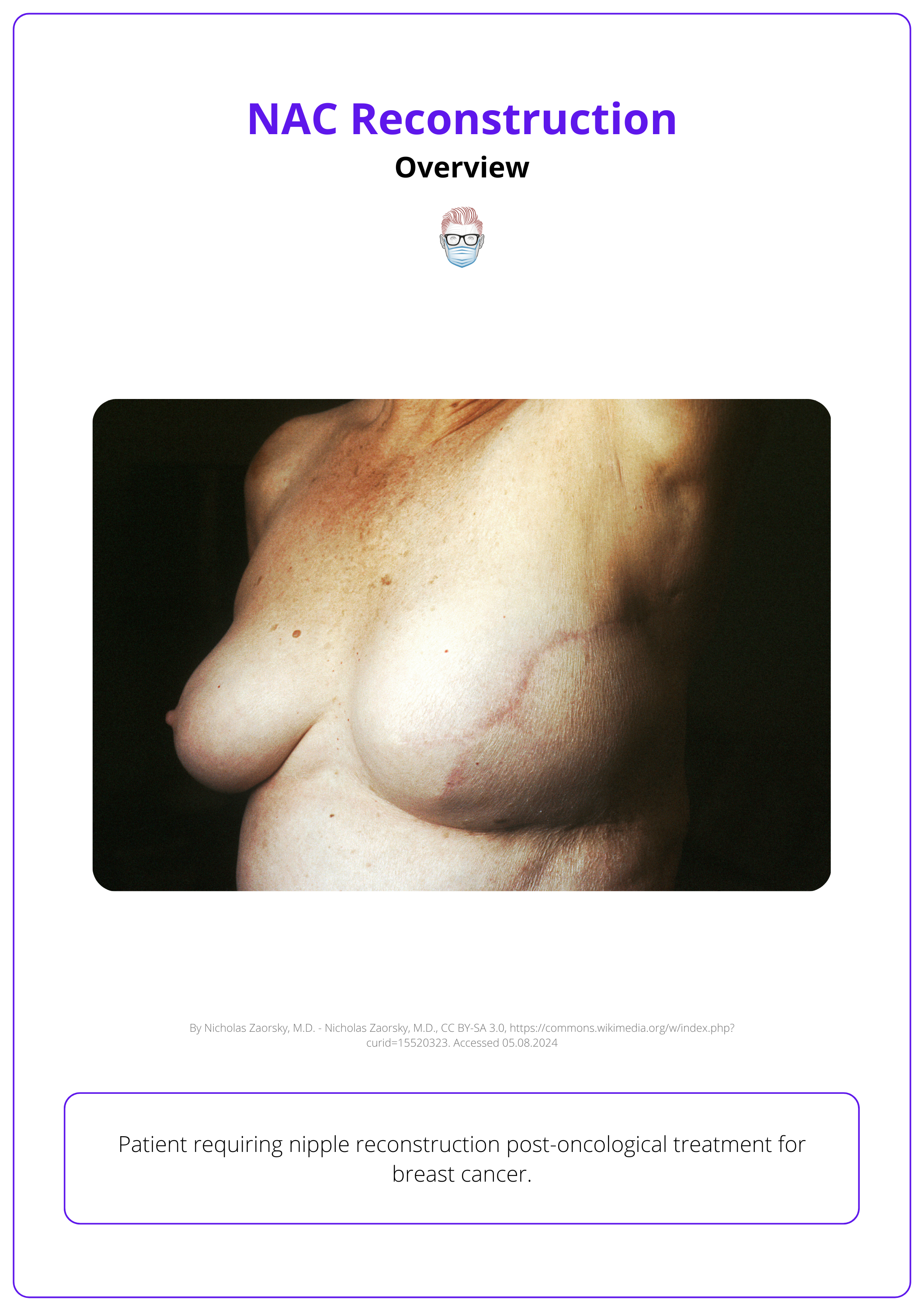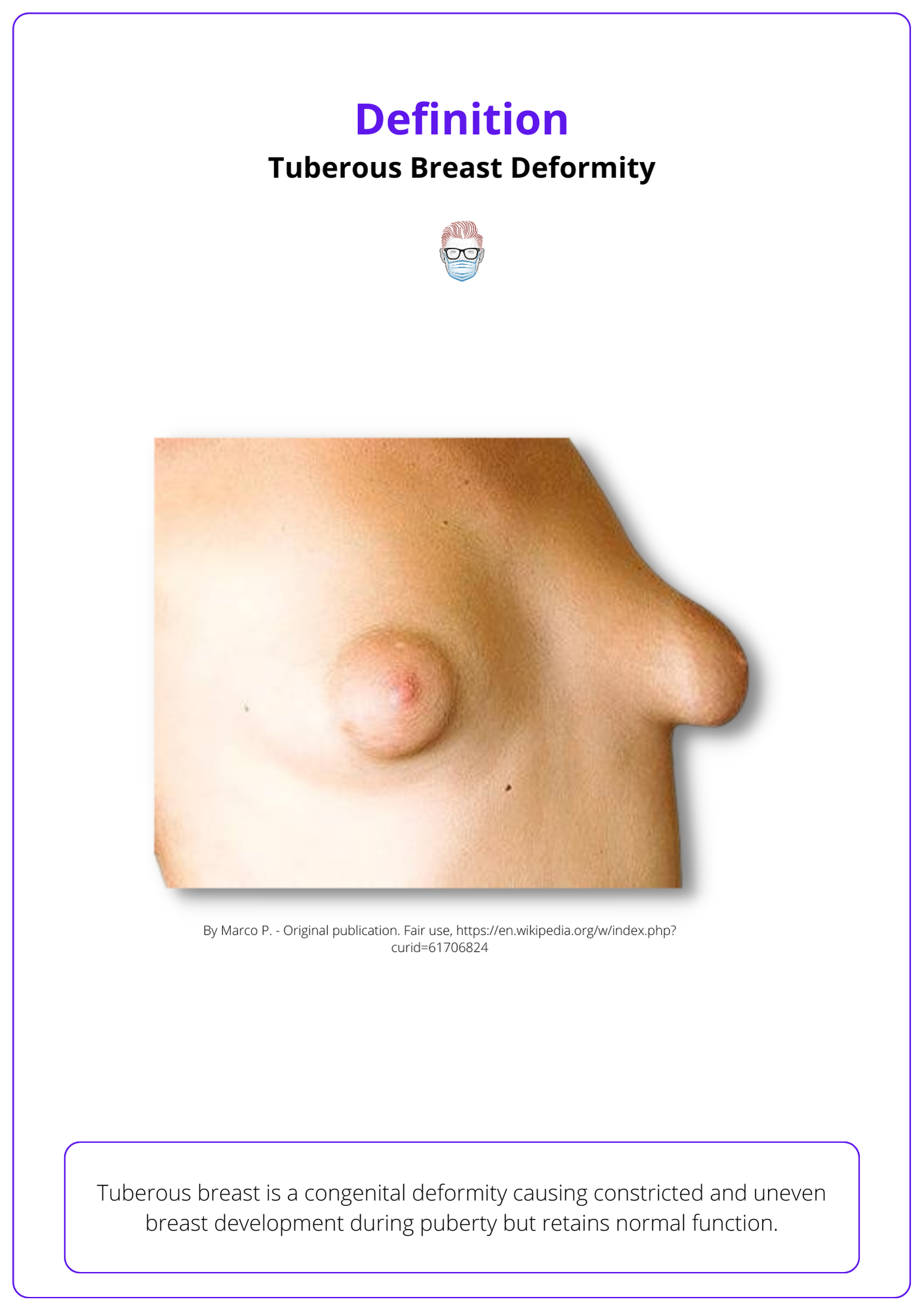In this week's edition
- ✍️ Letter from P'Fella
How can Information Theory improve your surgical approach? - 🤓 The Sunday Quiz
New winners on board! - 🎙️ Behind the 'Fella
Episode 05 released: Dive deep into skin grafts. - 🩺 Technique Review
Options in nipple flap reconstruction. - 🎓 theFellow's Corner
This week's feature: Tuberous breast deformity. - 📖 What Does the Evidence Say?
What is the actual incidence of BIA-ALCL? - 🔥 Articles of the Week
BIA-ALCL management, breast augmentation outcomes, & breast reconstruction: 3 articles with 1 sentence summaries. - 💕 Feedback
Suggest ideas & give feedback!
ps - Coming soon: P'Fella's new weekly newsletter with one practical lesson delivered straight to your inbox!
A Letter from P'Fella
Information Theory Will Improve Your Surgery
I’ve been diving deep into something that could change the way we approach learning in plastic surgery: Information Theory. This isn’t just for the tech-savvy or the mathematically inclined — it’s for all of us looking to master our craft more efficiently. Think of it as a better 2.0 version of spaced repetition.
What is Information Theory?
Originating from the brilliant mind of Claude Shannon in the 1940s, Information Theory is all about ensuring that information is transmitted effectively and efficiently. It provides a framework for measuring the amount of information in a message and designing better ways to encode and transmit it.
Core Features of Information Theory:
- Data Compression: Simplifying information into compact forms without losing crucial details — think of it as condensing a complex surgical procedure into a few, crucial steps that are easy to grasp.
- Entropy and Redundancy Reduction: In Information Theory, entropy is a measure of unpredictability or the amount of randomness in data. Reducing redundancy and increasing entropy ensures that every part of the educational content is necessary and that no unnecessary repetition occurs, making learning more streamlined and focused.
- Signal to Noise Ratio: Enhancing the clarity of the information transmitted, which in our case, could mean distinguishing critical learning content from less essential details.
So, What’s Next? Inspired by the potential of Information Theory to enhance our educational practices, I’m excited to announce the launch of a....
A new newsletter that promises to be the only practical concise lesson you'll need each week, delivered directly to your inbox.
We’ll distill complex surgical knowledge into actionable lessons, leveraging the best that Information Theory has to offer.
Can’t wait to kick this off with you all!
Lot of Love,
P'Fella ❤️
The Sunday Quiz
*Drumroll🥁* New Winners on Board!
We're thrilled to announce the winners of this edition's quiz. After six rounds of questions on plastic surgery, our top scorers are Ntokozo, Umer, and Javier.
With a tie at the top, we're planning on another live playoff live on our podcast! We'll contact the finalists soon.
Thank you to everyone who participated!

Welcome to a fresh round of The Weekly Quiz.
Each edition of thePlasticsPaper includes a quiz question designed to challenge and engage our readers. Keep your wits about you and join in every week — the winner at the end of six rounds will earn you a $100 voucher.
This week's question is from our latest release: Nipple-Areolar Complex (NAC) Reconstruction. A huge shoutout to Maitumelo Imeldah Motoroko, Maxim Devine, and Richard Zinn for their outstanding contributions!

Behind the ‘Fella
Have a Listen to Episode 05!
Tune into our podcast for exclusive team meetings where we uncover behind-the-scenes details of the platform and discuss hot topics in plastic surgery with our fellows.
Check out the latest episode where we discuss our experiences in skin grafting!
You can subscribe on Spotify & Apple.
Technique Review
Nipple Flap Recon Options
In this new section, we explore approaches or techniques in surgery. This edition looks at flap options for nipple reconstruction.
👇
the Fellows' Corner
This Week's Focus: Tuberous Breast Deformity
In case you've missed out, here's a reminder to check out our fresh articles, clinical cases, and surgical techniques.
Read below for an overview of our article on Tuberous Breast Deformity.

Tuberous Breast Deformity
Definition
A congenital deformity characterized by constricted, elevated, herniated, and hypoplastic features, while maintaining normal function.
Clinical Features
Features include asymmetry, hypoplasia, constricted base, IMF elevation, herniated nipple, ptosis, and skin envelope insufficiency.
Classification
Von Heimburg's 1996 system helps identify specific affected areas to inform surgical strategies.
Surgery
Aims to release constrictions, restore volume, reposition the inframammary fold, and achieve symmetry and may require single or two-stage procedures depending on severity.
What Does the Evidence Say?
What Is the Actual Incidence of BIA-ALCL?
Studies have shown varying risk estimates, ranging from 1 in 355 to 1 in 30,000 patients with textured implants (Nelson et al., 2020; Lynch et al., 2021). The incidence appears to increase with longer implant exposure, particularly after 10 years (Nelson et al., 2020).
In Europe, the overall prevalence is estimated at 1:13,745 cases, with higher rates in countries implementing specific measures to address BIA-ALCL (Santanelli di Pompeo et al., 2020). In the United States, despite textured implants representing less than 10% of the market, the prevalence is estimated at 1:913 for textured implants (Santanelli di Pompeo et al., 2023).
Articles of the Week
3 Interesting Articles with 1 Sentence Summaries
Effectively managing BIA-ALCL requires awareness of the implant surface type, patient surveillance, and adherence to guidelines.
The comparison of subfascial and subglandular planes suggests that subfascial plane reduces the risks of capsular contracture, hematoma, and rippling compared to the subglandular approach.
The effectiveness of ICG-A in enhancing tissue perfusion visualization, thus leading to better patient safety and reconstructive success in both mastectomy flaps and autologous procedures.


